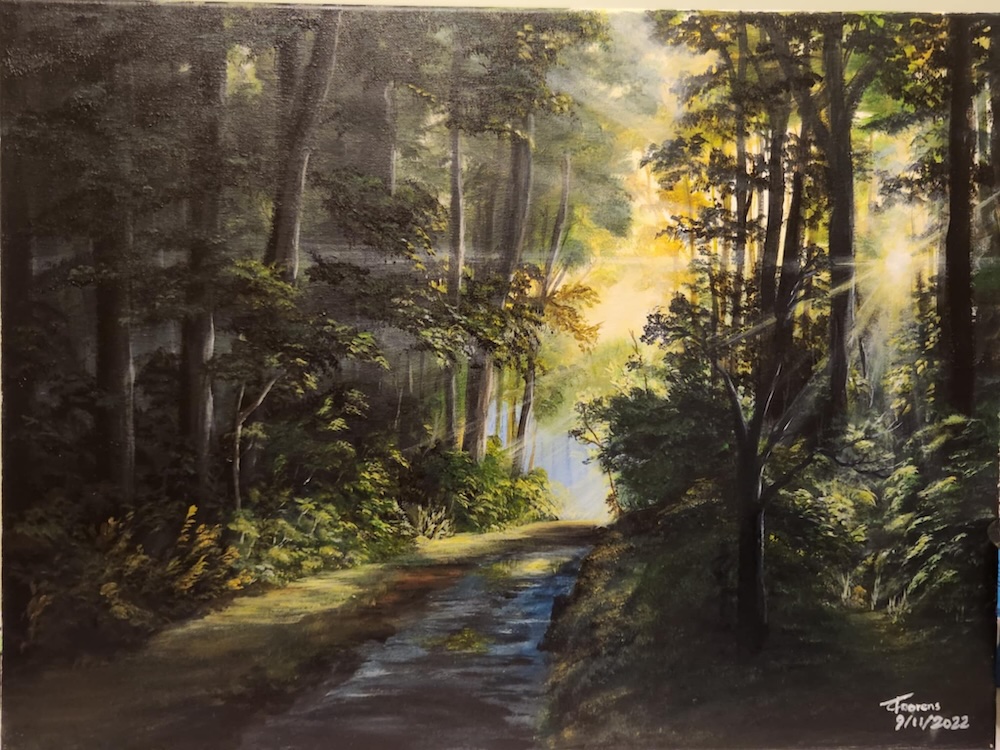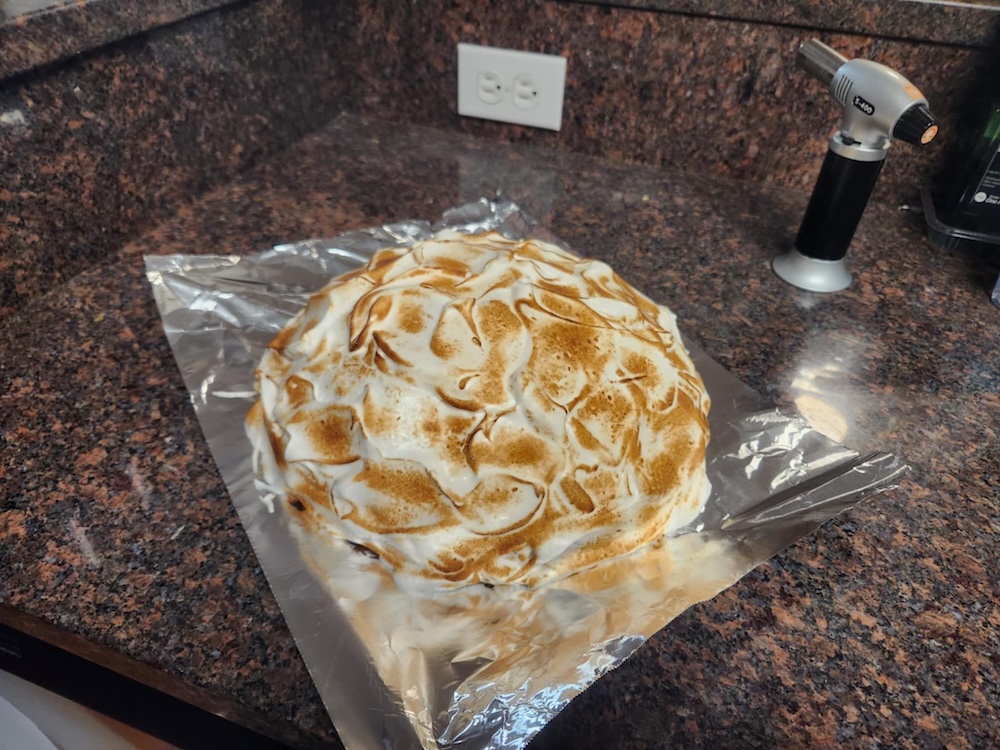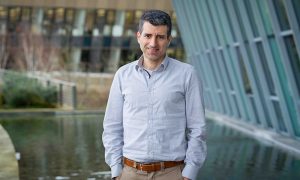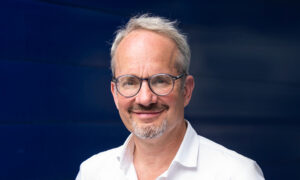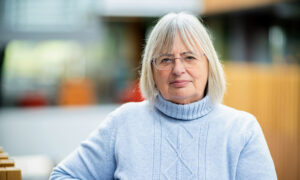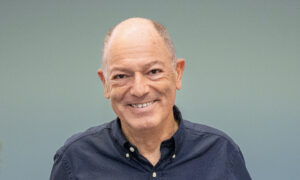
Welcome: Tim Coorens
EMBL-EBI’s newest Research Group Leader is investigating how somatic mutations reveal the hidden histories of human cells
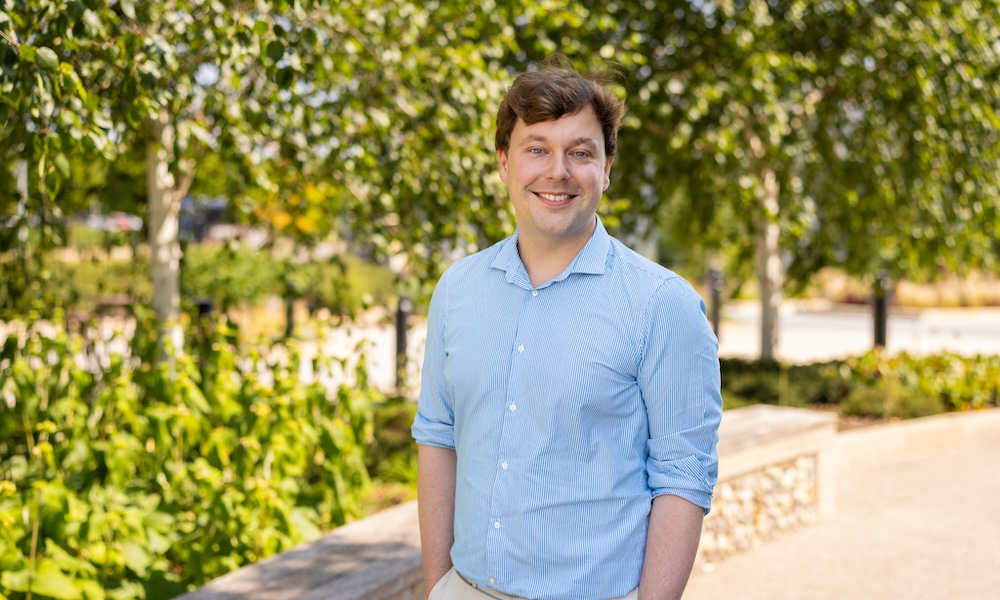
Cancer research is being transformed by advances in genomics and data science. Computational biologists can now trace the origins of different cancers and uncover how mutations lead to disease progression.
Tim Coorens has joined EMBL-EBI as a new Research Group Leader, working at the intersection of somatic mutation analysis, developmental biology, and cancer genomics. His group will develop computational tools to analyse large-scale single-cell and spatial data to study how normal cells evolve and how cancer begins.
What is your professional background?
I’m from the Netherlands, and after getting an undergraduate degree from Utrecht University, I moved to the UK to study at the University of Cambridge. During my master’s degree in computational biology, I started getting excited about how data and biology come together.
After that, I joined the Wellcome Sanger Institute for my PhD, working with Mike Stratton, Iñigo Martincorena, and Sam Behjati. There, I became fascinated by what somatic mutations can tell us about the history of cells in the human body.
I then moved to the Broad Institute of MIT and Harvard University in the US for my postdoc, working with Gad Getz and Kristin Ardlie. This was a chance to dive deeper into cancer genomics and human development and to explore novel data types and sequencing approaches, including single-cell DNA sequencing, spatial genomics, and duplex sequencing. During my postdoc, I also became part of the Somatic Mosaicism across Human Tissues (SMaHT) network.
What does your research focus on?
My group is interested in how somatic mutations accumulate in normal human tissues and how these can inform us about human development and the origins of cancer. These mutations act as genetic barcodes, allowing us to reconstruct the lineage history of cells, often at single-cell resolution.
We focus on analysing new types of data and developing computational tools to handle the scale and complexity of these datasets. We want to understand how different mutations arise over time and what this can tell us about cancer risk and progression.
What first drew you to studying how mutations shape human development and disease?
During my master’s degree, I worked at the Cambridge Veterinary School, investigating transmissible cancer in Tasmanian devils in Elizabeth Murchison’s group. I found it incredible that cancer could act as a parasite passed from animal to animal. That experience got me thinking about cancer as a lineage problem and opened my eyes to the idea of using mutations to trace cellular history.
What makes EMBL-EBI the right setting for your research?
I’m surrounded by experts in computational biology, genomic evolution, and cancer, so there’s plenty to learn and opportunities for exciting collaborations. On top of that, EMBL’s core funding model gives me the freedom to pursue topics that interest me without needing to fit my research into grant constraints.
How is AI changing your group’s research?
AI is already transforming how we write code, analyse data, and build models. For anyone working in computational biology, especially with large-scale genomic data, it would be a missed opportunity not to use AI tools. It’s becoming part of the scientific workflow – not a replacement for expertise, but an extension that helps us work faster and test ideas more efficiently.
What is one aspect of cancer research that you’re most excited about?
The integration of genome sequencing into clinical care is something I find exciting. There’s so much data available to us that can be used to inform diagnosis and guide treatment decisions. As more clinical sequencing gets done, it feeds back into research, creating a cycle that moves both science and medicine forward.
What are some of the first things you’re hoping to do in your new role?
Right now, I’m building my team. Our first summer placement student and PhD student are arriving soon, and we’re currently recruiting postdocs. I’m also spending time getting to know people across campus and the EMBL sites. There’s so much going on across different fields, and I want to make sure my group isn’t working in isolation. Often, the best ideas come from conversations you weren’t expecting.
How do you collaborate with other teams across EMBL?
One of EMBL’s strengths is its pan-institutional themes. For example, the Human Ecosystems transversal theme connects researchers working on tissues, cell interactions, and the microbiome. That’s highly relevant to what we’re doing.
I’m also excited to explore ideas with people outside of my immediate field. Having access to expertise across all EMBL sites is a huge advantage and opens up a lot of creative possibilities.
Can you tell us about some of your hobbies and interests?
I’m an enthusiastic baker. I love making cakes of all kinds and sharing them with others. I also enjoy painting landscapes and have found that drawing and painting provide a creative escape from the analytical nature of research. I’ve been known to follow along with a few Bob Ross videos.
